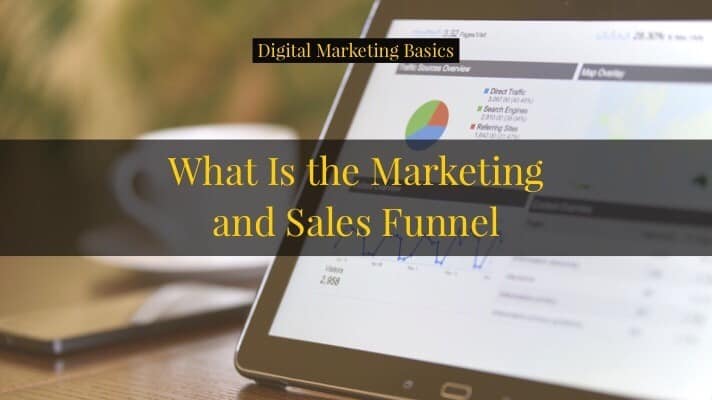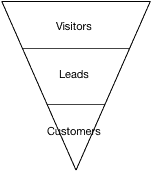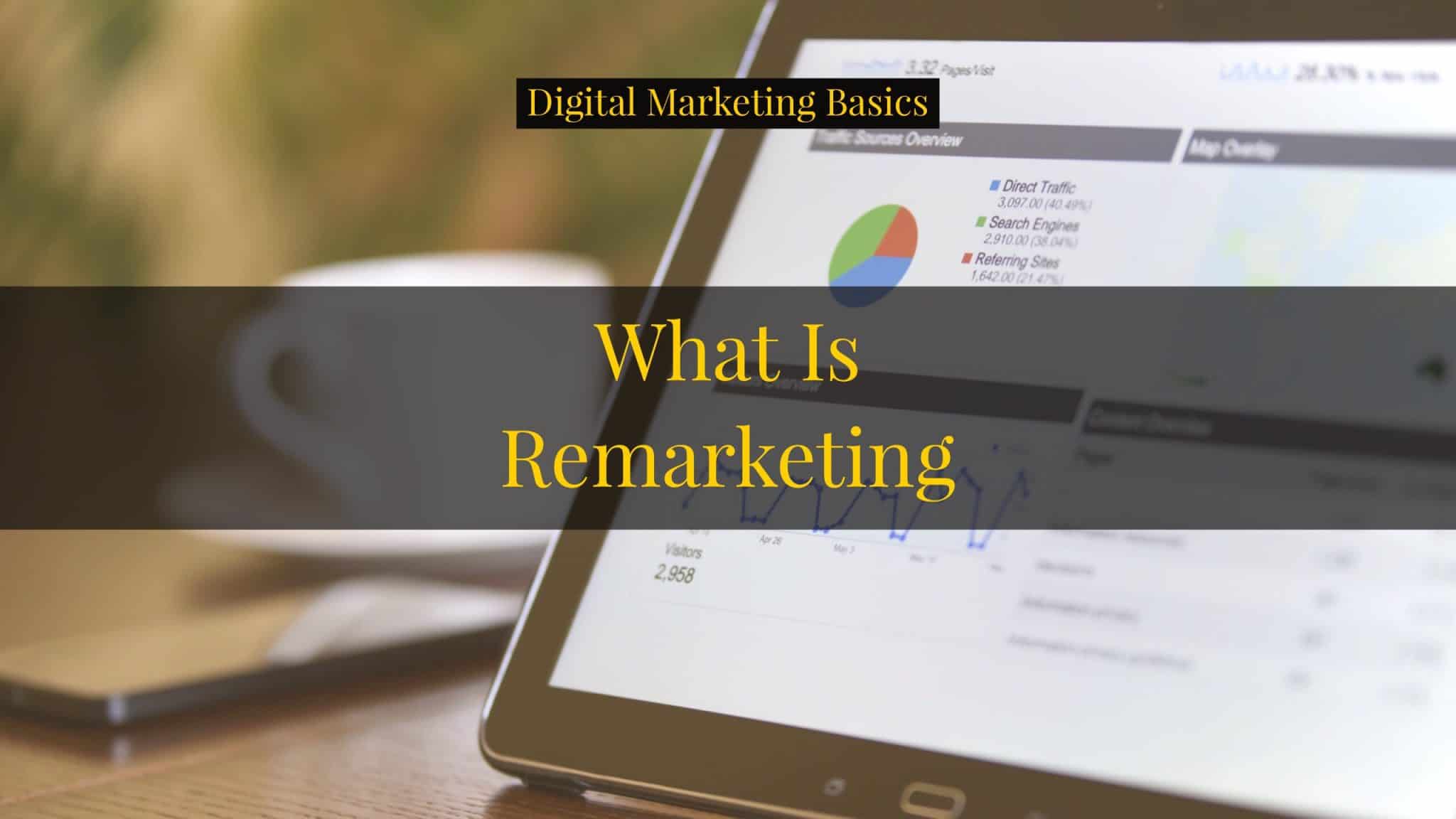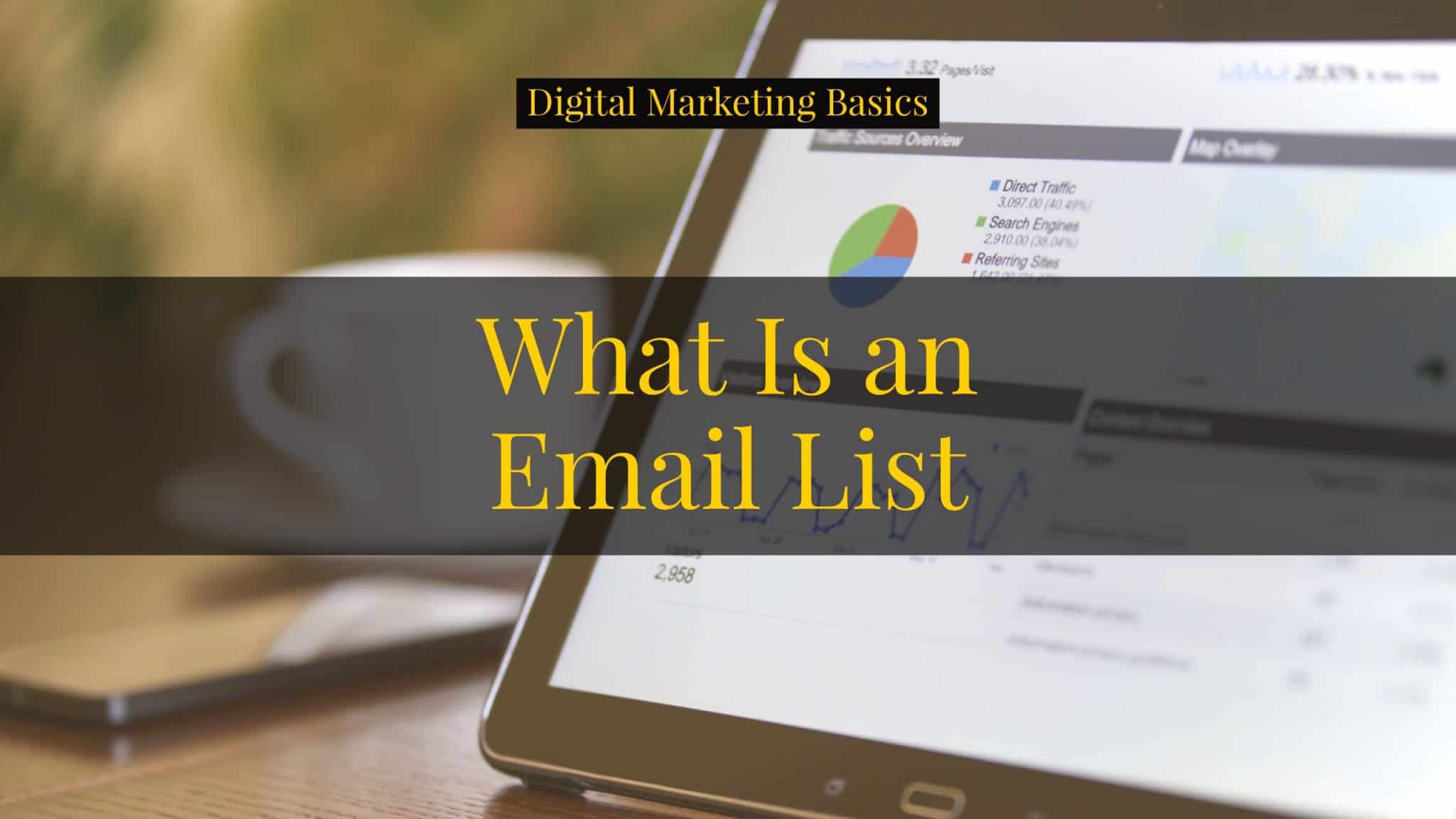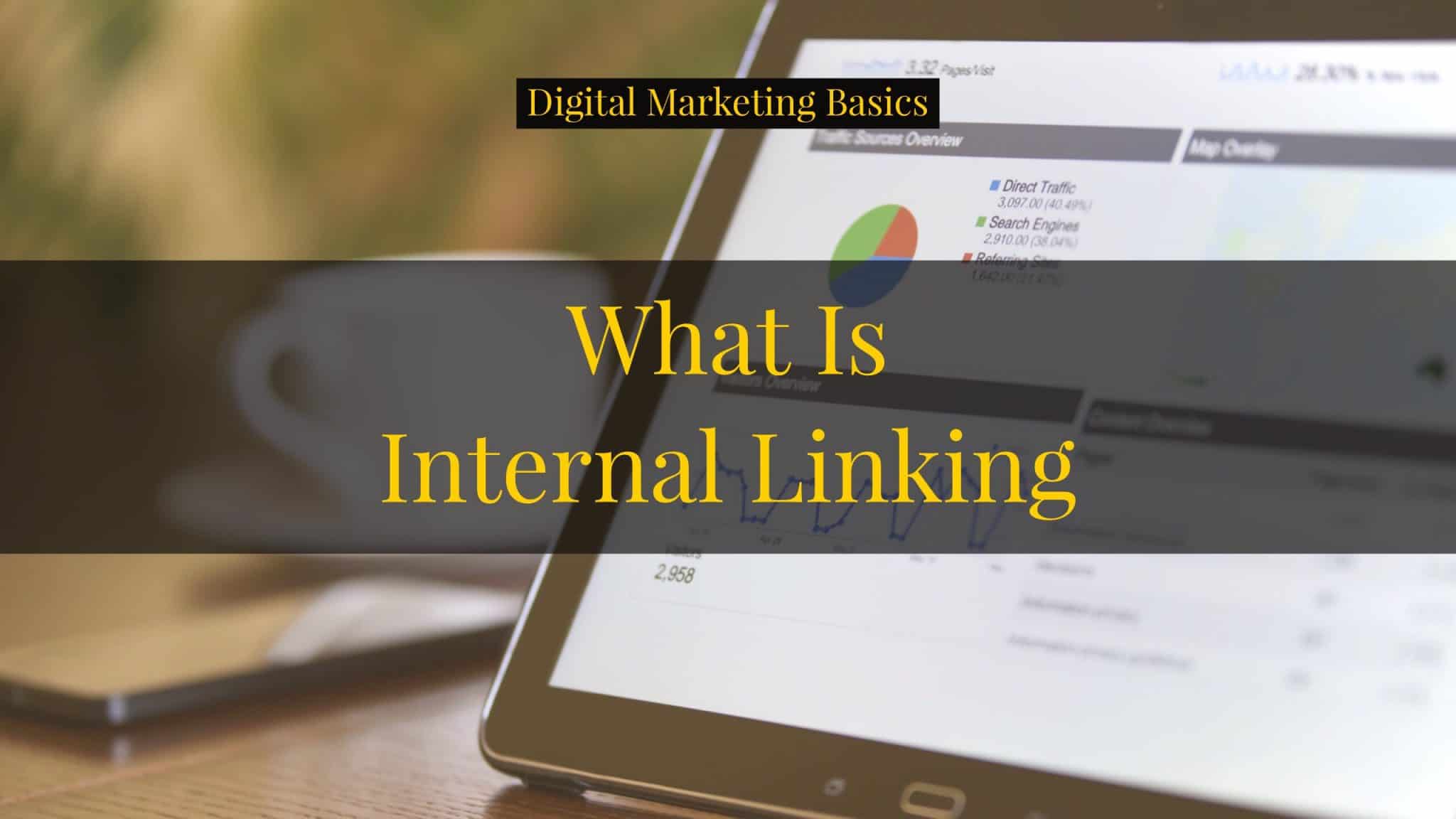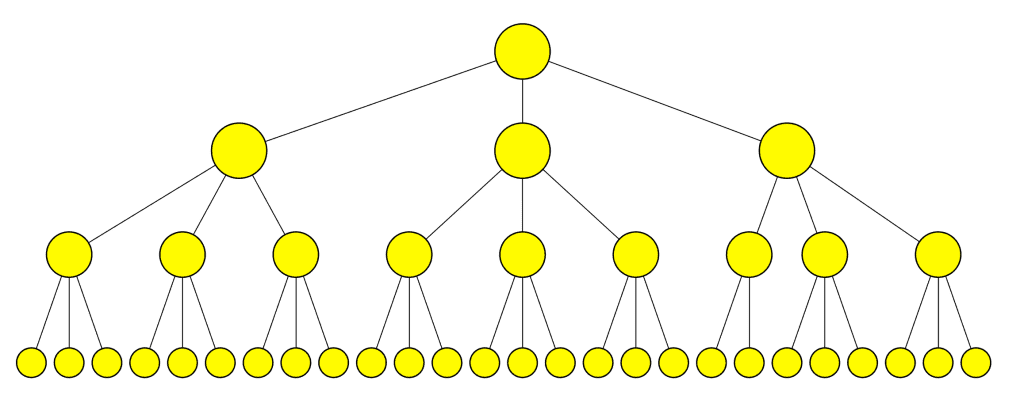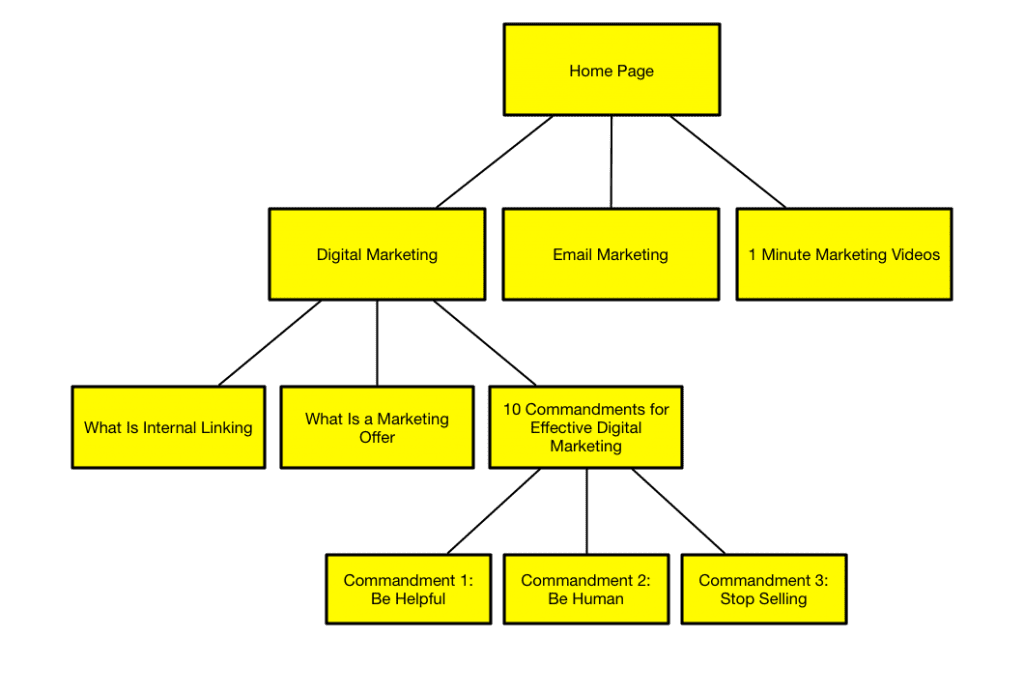Email marketing automation is the use of email marketing to efficiently communicate with your prospects and customers after they meet certain criteria and/or performed some action.
As digital marketers today, we all have a lot of stuff on our plates. Aside from email marketing, we also handle social media, advertisement, content creation, maintaining the website, SEO and keyword research, and many more. With more and more technology creeping up each day, we are expected to learn and master all of them.
Sadly, marketing budgets and salaries don’t increase at the same rate as these demands. It’s as if our bosses want us to work 24/7 without extra pay.
How Organizations Use Email Marketing Automation Today
Organizations use email marketing automation are through:
- A thank you email
- A cart abandonment email.
The thank you email is sent after the person fills-up a form on a landing page on your website to download or register for something. It’s used to deliver your marketing offer and/or inform the person about the next steps. The best practice of this is to use it with a thank you page.
The cart abandonment email is sent after the person adds some items to the cart but does not continue with the checkout. As its name implies, it is an email that reminds a person that they have something in their cart.
From these two examples, you can see that email marketing automation saves you time by doing things that are repetitive and, looking from the grand scheme of things, low-value.
Other Uses of Email Marketing Automation
There is, however, a marketing tactic that a lot of organizations in the Philippines don’t take advantage of — and that is lead nurturing. Unfortunately, a lot of marketers think that email marketing is limited to newsletters.
To put it simply, lead nurturing is a series of email that are sent after a certain trigger/event with the end-goal of moving the lead to the next stage in the marketing and sales funnel.
There is a lot expected from digital marketers today. The only way to achieve tangible results — and increased workload — is to work smart. Automate some repetitive activities, but at the same time, bring in the results we need.
So, what are you going to do next
I’ve written about lead nurturing in the past and how you can start creating a simple lead nurturing email campaign.
I also analyzed how some Philippine companies are using lead nurturing. I highlighted the parts that are great and the areas for improvement.
If you’re not using lead nurturing emails, you’re already behind. Imagine the marketers who do. They now freed up some time and are now learning new skills and technologies.
Are you using email marketing automation in your organization? Let me know what you think in the comment section below.

